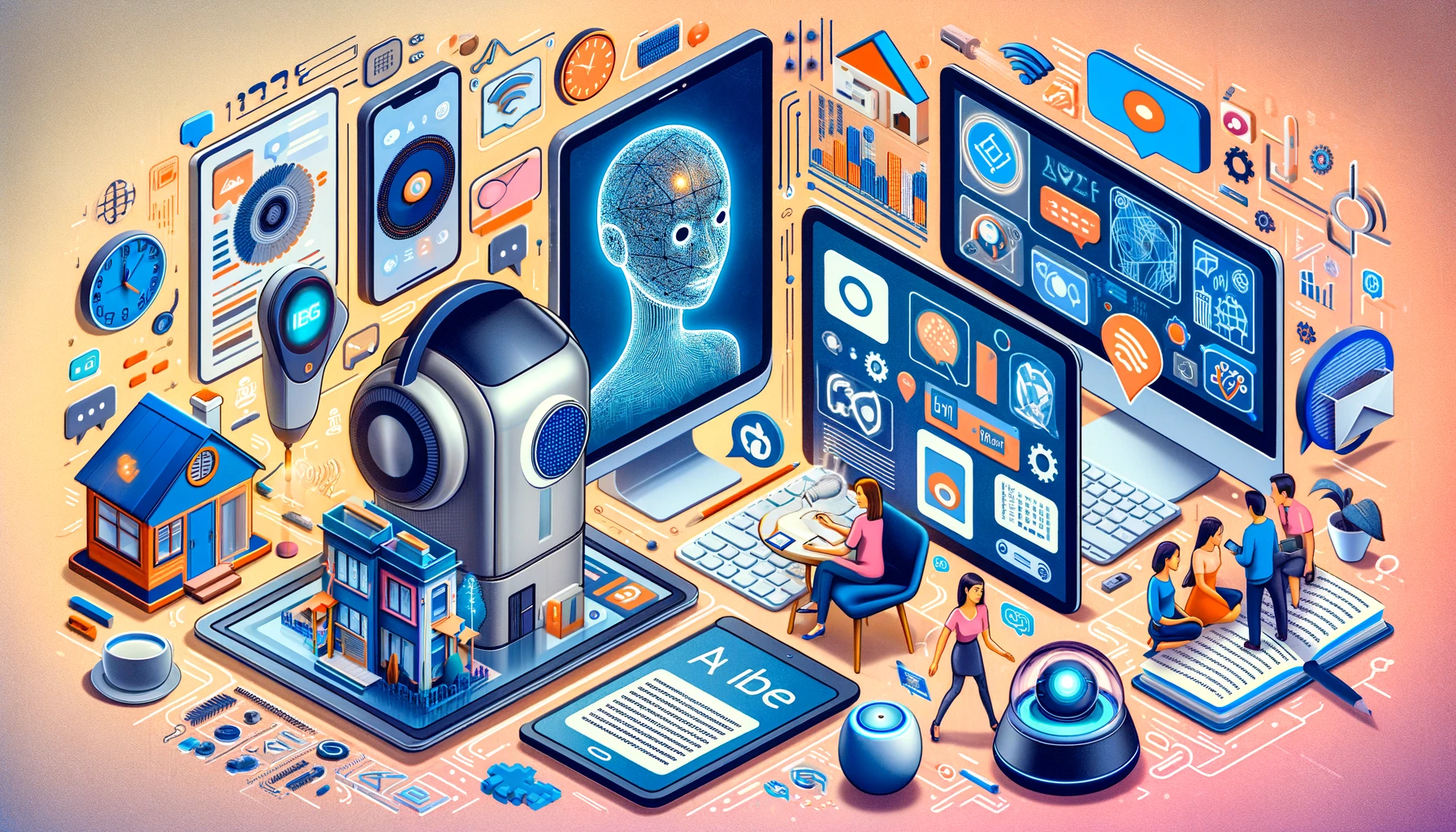The realm of artificial intelligence is vast, with its capabilities stretching across numerous sectors and applications. Among these, Small Language Models (SLMs) have carved a niche, offering a blend of efficiency, versatility, and innovative integration possibilities, particularly with Emotion AI. This article delves into the essence of SLMs, their applications, examples, advantages over larger counterparts, and how they dovetail with Emotion AI to revolutionize user experiences.
Definition of Small Language Models
Small Language Models are scaled-down versions of their larger AI model counterparts, designed to understand, generate, and interpret human language. Despite their compact size, SLMs pack a potent punch, offering impressive language processing capabilities with a fraction of the resources required by larger models. Their design focuses on achieving optimal performance in specific tasks or under constrained operational conditions, making them highly efficient and versatile.
Uses and applications
SLMs find their application in a variety of fields, including but not limited to, customer service automation, content generation, language translation, and educational tools. They excel in environments where computational resources are limited or where rapid response times are crucial. Their agility and efficiency make them ideal for mobile applications, IoT devices, and low-bandwidth scenarios, ensuring broad accessibility and user engagement.
Customer Service Automation
One of the most common applications of SLMs is in automating customer service. A Small Language Model can power a chatbot on a company’s website or social media platform, handling inquiries, booking appointments, or providing recommendations. Unlike traditional chatbots that rely on pre-defined scripts, SLM-powered bots can understand and generate human-like responses, offering a personalized and conversational experience. For instance, a retail company could implement an SLM chatbot that not only answers FAQs about products and policies but also provides styling advice based on the customer’s purchase history and preferences.
Content Creation and Summarization
SLMs are also making waves in content creation and summarization. They can generate articles, reports, and marketing copy, significantly reducing the time and effort required from human creators. Furthermore, these models are adept at summarizing long documents into concise versions, making information more accessible. For example, a news aggregation app could use an SLM to provide users with brief summaries of the latest news articles, tailored to their interests and past reading behavior. This not only enhances user engagement but also ensures users stay informed without feeling overwhelmed by information.
Language Translation and Localization
In the field of translation, SLMs offer a more scalable and cost-effective solution than their larger counterparts. They can be customized for specific language pairs or specialized terminology, such as medical or legal jargon, providing high-quality translations that cater to niche markets. This is particularly valuable for small and medium-sized enterprises (SMEs) looking to expand their global reach without incurring the high costs of professional translation services. For example, a healthcare app could deploy an SLM to offer real-time translation of patient information and doctor’s notes, ensuring effective communication across language barriers.
Educational Tools
SLMs have a significant impact on the educational sector by providing personalized learning experiences. They can design quizzes, generate explanatory content, or even tutor students in various subjects. By analyzing the student’s responses and learning pace, the SLM can adjust the difficulty level and focus areas, offering a customized learning journey. Imagine an SLM-powered educational platform that adapts its teaching strategy based on the student’s strengths and weaknesses, making learning more engaging and efficient.
Integrating with Smart Devices and IoT
In the realm of smart devices and the Internet of Things (IoT), SLMs can enhance user interaction by enabling more natural language communication with devices. This could range from voice-activated assistants in smart homes that understand complex commands and queries to wearable devices that provide health and fitness advice in a conversational manner. For instance, a smart refrigerator equipped with an SLM could suggest recipes based on the ingredients available, taking into account the user’s dietary preferences and restrictions.
Examples of Small Language Models
For instance, a Small Language Model might power a chatbot on a small business’s website, offering customer support, answering FAQs, and guiding users with a high degree of accuracy and personalization. Another example could be an SLM-driven language learning app that provides instant feedback and tailored lessons to users, optimizing the learning experience with minimal latency.
Differences and Advantages Over Larger, More Comprehensive Models
Compared to their larger counterparts, SLMs require significantly less data to train, consume fewer computational resources, and can be deployed more swiftly. This not only reduces the environmental footprint of deploying AI but also makes cutting-edge technology accessible to smaller businesses and developers. Additionally, SLMs offer the flexibility to be fine-tuned for specific languages or dialects, enhancing their effectiveness in niche applications.
Integration with Emotion AI
The integration of SLMs with Emotion AI opens up exciting avenues for creating more intuitive and responsive applications. Emotion AI, which interprets human emotions through data inputs such as facial expressions, voice intonations, and behavioral patterns, can greatly benefit from the linguistic understanding and generation capabilities of SLMs. Together, they can provide a more holistic understanding of user intent and emotional states, leading to applications that offer unprecedented levels of personalization and empathy. For example, an educational app could adapt its teaching methods based on the student’s mood and engagement level, detected through Emotion AI, and personalized further with content generated by an SLM.
Conclusion
Small Language Models stand at the forefront of a shift towards more efficient, accessible, and human-centric applications of AI technology. Their integration with Emotion AI is not just an enhancement but a leap towards creating digital experiences that understand and adapt to the very essence of human emotion and language. As we continue to explore the depths of what AI can offer, SLMs will undoubtedly play a pivotal role in shaping the future of technology, making it more inclusive, empathetic, and effective in meeting the diverse needs of users around the globe.




